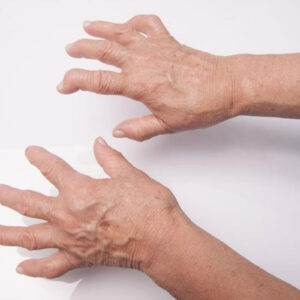
01
Everything You Need to Know about Metastatic Lung Cancer Prognosis
Metastatic lung cancer is when cancer cells from the other areas of the body spread to your lungs. There are various methods that are used in the treatment of this form of cancer. Read on to know more about the metastatic lung cancer prognosis. Usually, cancer develops in one area of the body and this area is known as the ‘primary site’. Cancer cells have a unique ability to break free from these primary sites and travel to the other parts of your body either through the bloodstream or through the lymph system. A cancer is termed as metastatic cancer, when it spreads from the primary sites to the other parts of the body. You suffer from metastatic lung cancer, when cancer in the other areas of your body spreads to the lungs. Some of the primary tumors that can cause metastatic lung cancer are breast cancer, bladder cancer, sarcoma, prostate cancer, kidney cancer, colon cancer, and neuroblastoma. Metastatic lung cancer may not always show up in signs and symptoms. Even when you do start experiencing the symptoms, it may be quite difficult to identity this form of lung cancer, because the symptoms are similar to several other medical conditions. Some of the symptoms of metastatic lung cancer include chest pain, weakness, a persistent cough, wheezing, shortness of breath, coughing up blood, and sudden weight loss. If your doctor suspects metastatic lung cancer, you may have to take various tests to confirm the diagnosis of metastatic lung cancer. These tests are a bronchoscopy, a CT scan, a chest X-ray, and a lung needle biopsy. There are several methods available for the treatment of metastatic lung cancer and the main aim of these methods is to relieve the symptoms as well as to control the cancer growth. The treatment plan that is ideal for you depends on a number of factors that include your overall health, age, medical history, the number of tumors, the location and size of the tumor, as well as the type of the primary tumor.
Read More 










